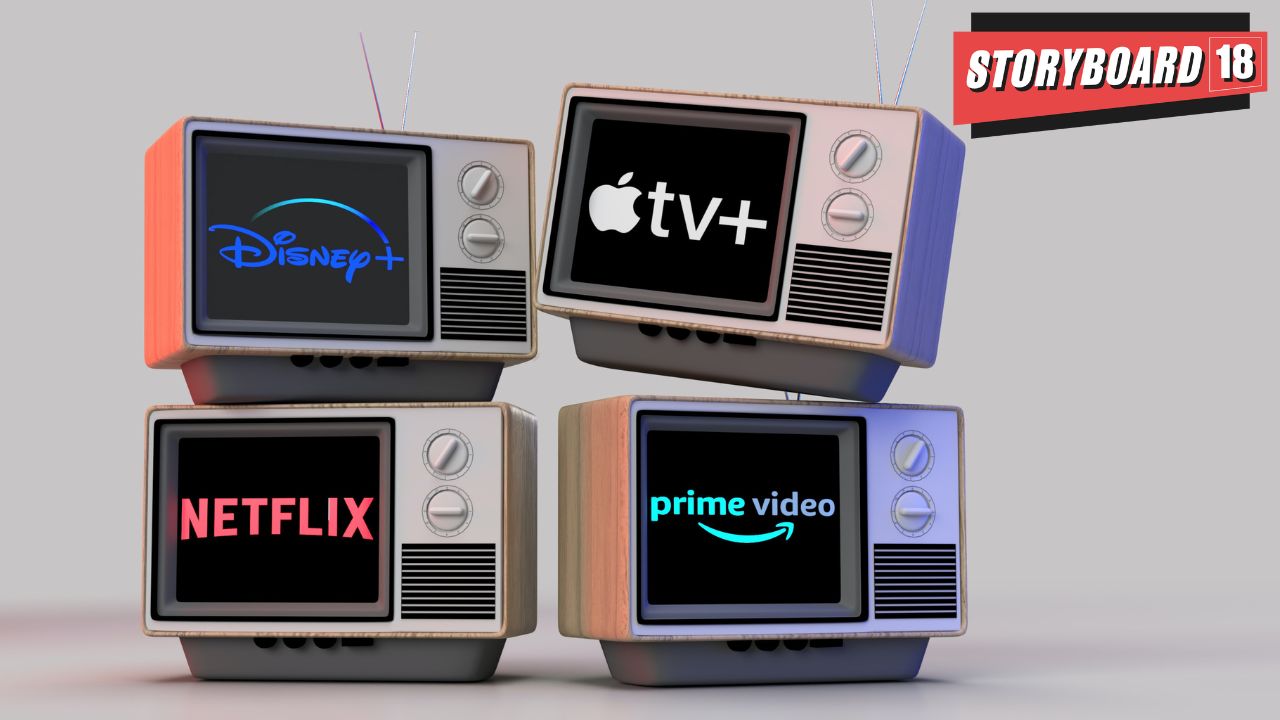Curation shifts the power to leverage, back to the publisher from the DSPs and SSPs and rightfully help the publishers take control over not only their data, but also their partners data, including the advertiser. Clean Rooms as the Curator offers five significant commercial advantages, writes Gowthaman Ragothaman.
Tag: Madtech Point
MAdtech Point: Data Clean Rooms are the new age media agency
Data Clean Rooms helps the media agency to responsibly use the consumer data. While there are many use cases for clean rooms, it is the media agency that requires this technology the most, writes Gowthaman Ragothaman.
MAdTech Point: How can we make better predictions for the MAdTech industry?
As digital advertising accelerates, we are facing with the challenge of big tech platforms building their own concrete jungles on the back of privacy to grab their share of the pie. There will come a time, when ad spends will end up across 8 to 10 concrete jungles without any means to measure their ROI on common metrics.
MAdtech Point: Last call to save the Open Web
For the Open Web to survive, the cost of advertising needs to improve very very significantly. Platforms need to take much more accountability in ensuring that all the ads they serve are viewed, measured and delivered on genuine websites that are not just made for advertisers.
What streaming services can learn from direct to consumer companies
A neutral interoperable technology stack for the streaming industry has huge benefits for the industry. Companies can focus more on their own sales and operations. More importantly, they need not worry about investing in a direction less technology stack, instead they can focus on building a universally accepted unit economics.
MAdtech Point: What is between an app and a super app?
An invisible collaboration layer between app and super app can enable multiple apps to share data in a privacy compliant manner.
MAdtech Point: Decoupling of technology from data and inventory, the AdTech End Game
Conventionally, advertising technology has grown so far by bundling data and inventory with technology, where the cost of technology is recovered or subsidised.





